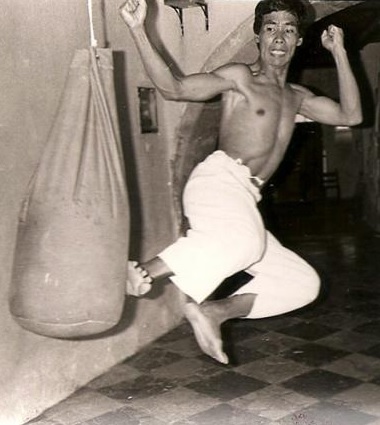| Deng Xiaoping (Photo credit: Wikipedia) |
A 30 Year Gameplan For Nepal
By Paramendra Bhagat (www.paramendra.com)
It is possible for Nepal to become a developed nation in less than 30 years from now. China started running hard around 1980 when the pragmatist Deng Xiaoping took over. A few years from now China will have become a bigger economy than America, adjusted for purchasing power. Nitish has been Chief Minister of Bihar for less than 10 years and Bihar has become unrecognizable. His formula is simple: basic law and order, basic infrastructure, a check on corruption from the top.
Secularism is an achievement. Ending the monarchy is an achievement. Democracy is an achievement. Federalism is an achievement. A constitution written by elected representatives is an achievement. But Nepal has become what Bihar used to be notorious for. The law and order situation is very weak. Both petty crime and organized crime have taken root in the country over the past few years. Once a constitution is in place and there are duly elected representatives at all levels of government the law and order situation should improve, but it will not happen on its own. The political will has to be there.
India is not growing as fast as it was growing only a few years back. China also has slowed down. But this slowdown is temporary. Nepal is lucky to be situated between India and China. All it has to do is get the basics right – basic law and order, basic infrastructure – and it will start moving ahead fast just for being sandwiched between India and China.
Hydro is the top sector. All the political leadership has to do is provide basic law and order and put in place the right policy framework that is super friendly to foreign direct investment (FDI). Once you get those right that will also work wonders for the tourism sector. Looks like all the government of Nepal has to do is provide law and order and then get the hell out of the way. Although there is plenty of potential for agriculture as well as industrialization, a country like Nepal should learn from the mistakes of the west and seek the benefits of organic farming and clean energy fueled smart industrialization. Smart industrialization is one where software is used every step of the way.
The Terai is the bread basket. It also houses the major industrial centers in the country. But the hills and mountains can grow food items that the Terai can not: apples and oranges come to mind, tea and coffee come to mind. With the right infrastructure Udaypur, Chitwan, and Surkhet could all be major industrial hubs. With good roads, electricity and broadband industrialization can be taken to remote hill and mountain locations.
But the biggest long term focus has to be on the service sector. Tourism, finance and software come to mind. And there you have to invest in people if you want to do well as a country. You invest in education, and you invest in health. There I really like what they did in Cuba. If Nepal could learn to emulate law and order from Bihar, and the utter friendliness to FDI from China, and make major strides on basic education and basic health like Cuba under Castro, or like Bihar under Nitish Kumar, double digit growth rates can be taken for granted.
If Prachanda is the next Prime Minister of Nepal (no matter who it is I foresee a coalition government in the country for a long, long time) I would hope he helps brings about the constitution in a hurry, works hard on basic law and order – put an end to the mafia raj – and pulls a double whammy of enacting a FDI-friendly policy framework while investing in human capital on a war footing. Do what they did in Kerala: give the country a 100% literacy rate. Only don’t repeat the business mistakes of Kerala. Or all your educated people will end up in Dubai.
We live in a global world. The first few waves of FDI that China started receiving after it started opening up in 1980 mostly came from the Chinese diaspora. There is a lesson for Nepal there. Offering dual citizenship to Non Resident Nepalis is a no brainer. Do it. Make it happen. That is one of the most FDI friendly moves the country can make. India is doing it, and they are glad they are doing it. Take a look and see it is working wonders.
At the high end you make it possible for companies to create wealth. Those companies pay taxes. With that money you invest in education and health and credit for everybody. You have to take care of that entire loop, and keep expanding the cake. Deng Xiaoping understood that. It is good to aspire to be rich, he said. He did not say, let’s hang the rich.
Manmohan Singh opened up India as Finance Minister around 1991. Only a few years back India was looking at near double digit growth rates. Nitish has done one better in Bihar. He has exceeded China’s growth rates. And Bihar is a poor, land locked, flood prone state. There is light at the end of the tunnel for Nepal.

